This is a simple upconverter, no rocket science.
At its heart is a 74VHC4053 CMOS 2-pole analogue switch IC which is being used as a balanced mixer. Switching comes from the local oscillator, a 50MHz crystal oscillator. Each 50MHz pulse simply reverses the polarity of the connection through the mixer.
A dual Fast Ethernet transformer provides isolation and unbalanced-to-balanced conversion on the mixer input and output. These devices have a 100MHz bandwidth and are significantly cheaper than wideband made-for-RF transformers of similar spec.
This 74VHC4053/Ethernet transformer mixer is tried-and-tested, it forms the heart of my Pi-HF direct conversion receiver kit for the Raspberry Pi.
On the input is a 30MHz Chebyshev low-pass filter. This will reject any strong out-of-band transmissions.
The idea is that on the output of the mixer you'll find the sum of the signal and the local oscillator. So if you are listening on 14.1 MHz you'll tune the radio on the output to 50+14.1 MHz, i.e 64.1 MHz.
And here it is in use, the RTL-SDR is receiving an upconverted Croatian radio amateur in the 20m band:
 Jenny List
Jenny List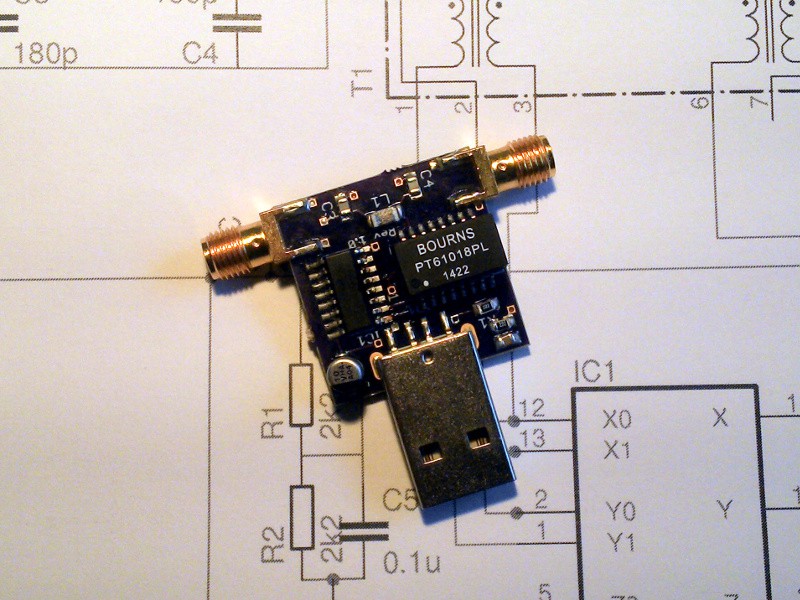


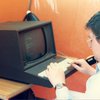



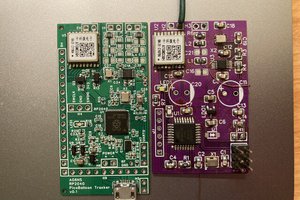
 High Altitude Ballooning!
High Altitude Ballooning!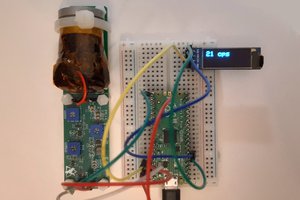
 NuclearPhoenix
NuclearPhoenix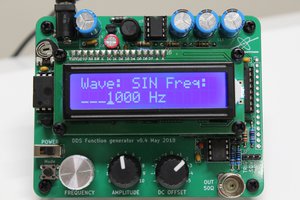
 DL101
DL101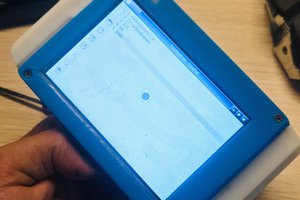
 rahmanshaber
rahmanshaber
Did the kit ever happen?